America’s fascination with moonshine is as old as our history.
The British Empire began taxing alcohol in the early 1760s, and it ultimately led to the Boston Tea Party. But most Americans associate “moonshine” with the illegal homemade hooch that gave rise to a thriving underground market during the Prohibition years early in the last century. Sometimes it packed a debilitating – or even deadly – punch. “You hear about people going blind from moonshine. That’s because some were making spirits and not really knowing what they were doing,” says Kevin Hall, operations manager for the Distilled Spirits Epicenter and Moonshine University in Louisville, Ky., the whiskey heart of America.
Instead of using grain or fruit, he says, “Some people would use wood or some other source material that has a high level of methanol, and then not taking a heads cut, which is the first stuff that comes off the still. And that will make you go blind.”
Moonshine is as old as civilized society itself and almost every country has its own history when it comes with illegal alcohol. More to the point, it’s as old as taxes and, in some instances, ancient religious law.
Each country makes it with varying ingredients and types of distilling methods, but the result is the same: a notorious spirit that’s part of the cultural fabric.
Here are just a few kinds made around the world:
1. Puerto Rico
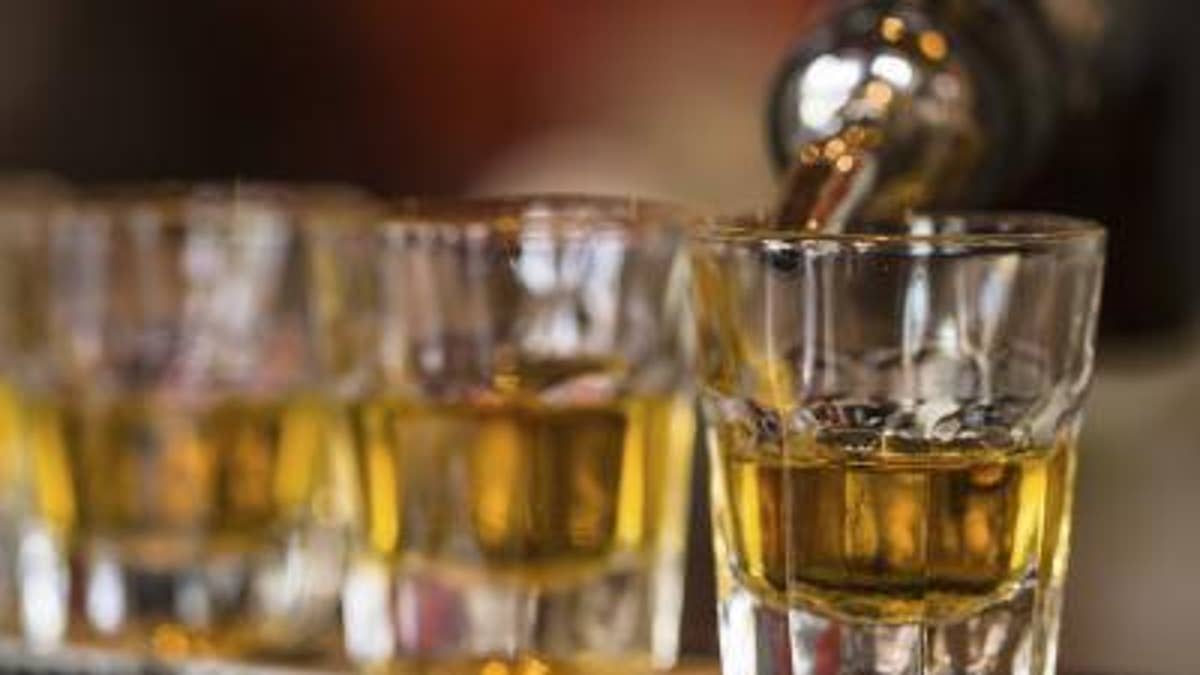
(iStock)
“In Puerto Rico, when you go to someone’s home, no one’s offering you Bacardi. Somebody knows somebody who makes pitorro,” says Rafael Barbosa of Port Morris Distillery in The Bronx, N.Y.
Barbosa creates a legal version of his moonshining uncle Rafael Rodriguez’s old recipe for pitorro. (Rodriguez actually moved from Puerto Rico to be his nephew’s master distiller).
Also known as Lagrima de Motagna (mountain tears) or tanita (a word for sugarcane), moonshining dates back hundreds of years in Puerto Rico and was long based around the once thriving sugarcane industry.
Instead of sugar or molasses, though, Barbosa and Rodriguez use New York apples, corn and honey to bring a little of the island to the city.
“Pitorro is famous for its macerations. People take the clear base and they add in any fruits in season, and even seafood or meats,” Barbosa says.
“They put it in jars and bury it or put in (a) dark space for months. Some take a whole coconut or pineapple, empty out the water, and add in the pitorro and bury it that way.”
2. Iran
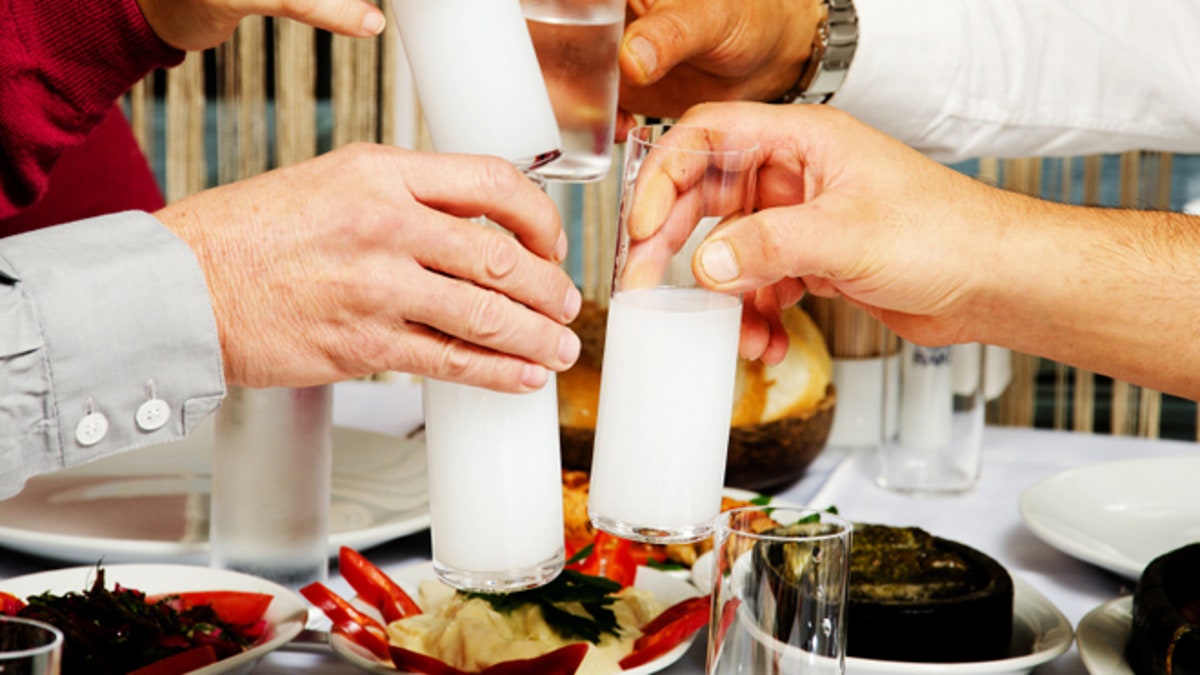
(iStock)
Muslims in Iran are forbidden from buying, making and consuming alcohol, and repeat offenders can get the death penalty. Still, the production of arak – alcohol spun out of the fermentation of raisins or other dried fruits – is a common, underground source of imbibing in the country.
3. Libya

(iStock)
Distilled from grapes, figs or dates, bokha gained worldwide attention last year when over 50 people died from alcohol poisoning after drinking tainted versions of the illegal beverage, which likely had methanol in it.
Former dictator Muammar al-Gaddafi enacted the ban on booze in this very strict Muslim nation (not even visitors are permitted to imbibe) in 1969, but the deaths sparked discussion about whether the ban might be more dangerous than allowing occasional indulgence.
4. Norway
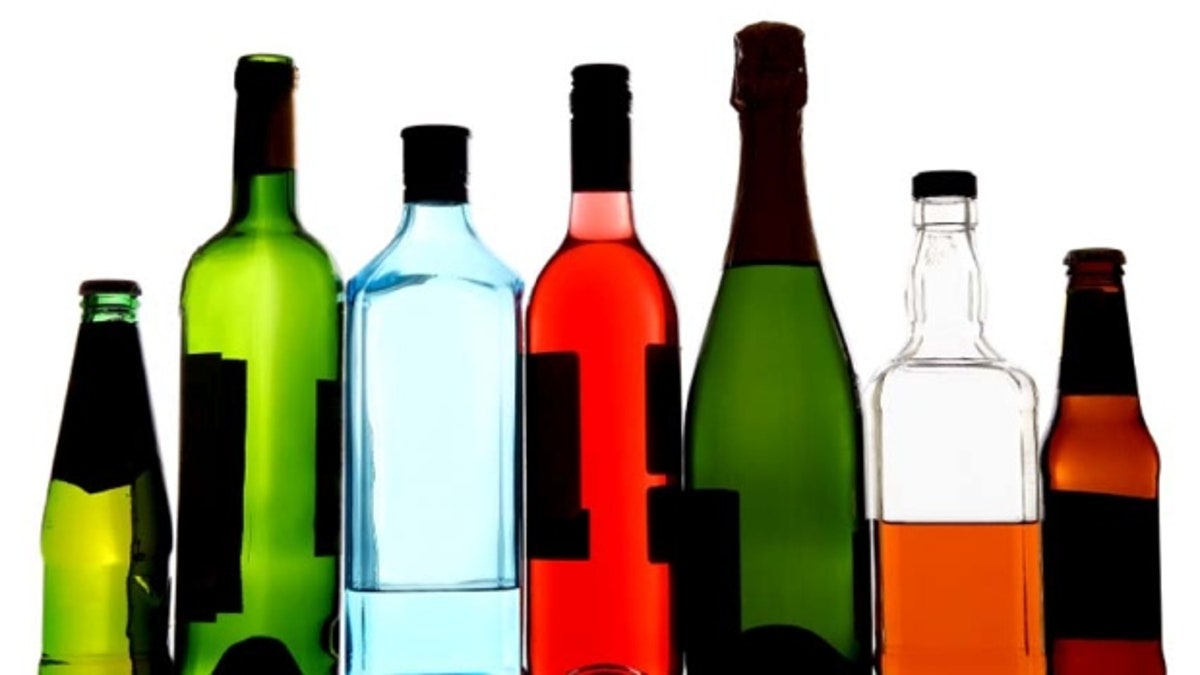
(iStock)
The popular sneaky spirit Hjemmebrent (“home burnt”) has long thrived in this Scandinavian country, where alcohol regulations have historically been fairly strict and prices for what’s available and legal have been very high. A popular way to drink “home burnt” is in karsk, where it is mixed with coffee.
5. Russia
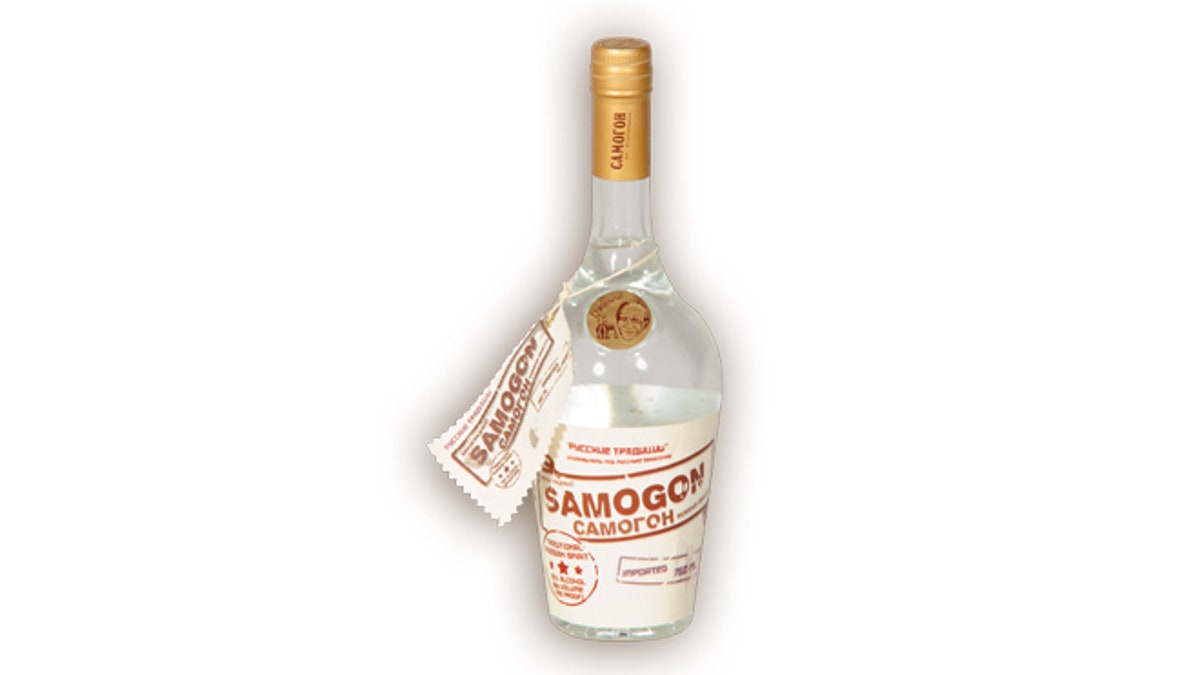
(A commercially produced version of samogen. Phenix Brands)
Predating vodka (and vying with if not overtaking it in popularity, depending on where you sit) and often higher in alcohol, samogen is Russia’s underground answer to illicit, homemade hooch. Dating back to the 14th century – and still made today – beets are often at samogen’s base, but it is also concocted from potatoes, grains, fruits and honey to kick the fermentation into gear.
6. Burma
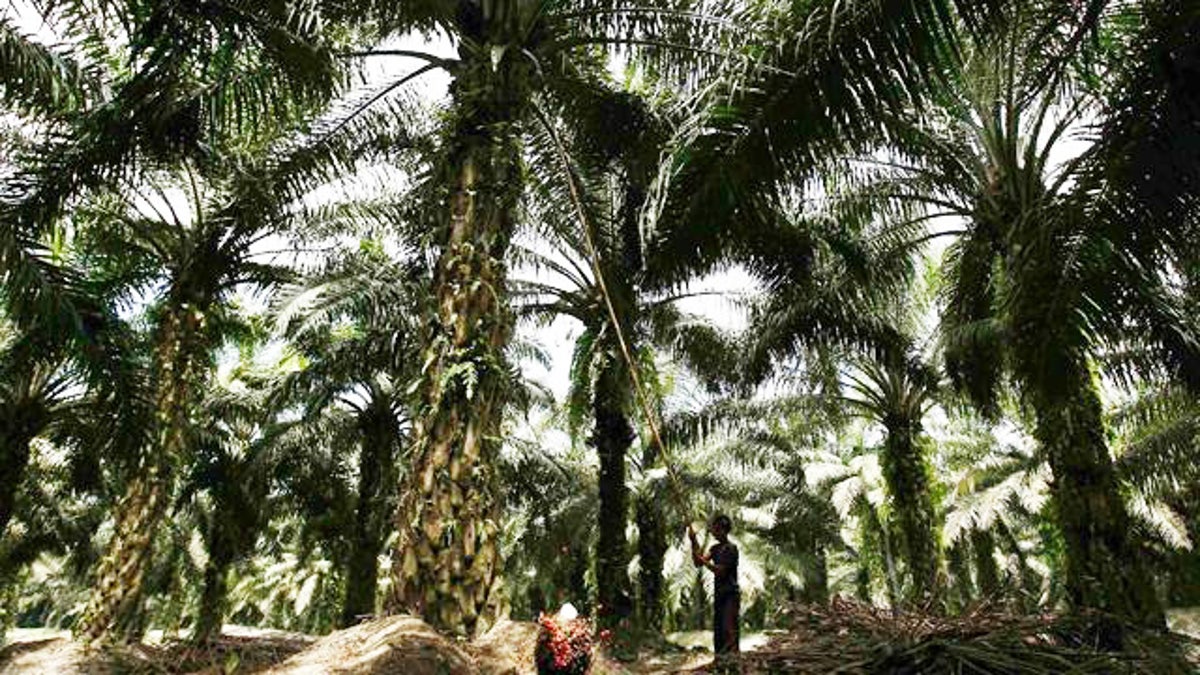
(Reuters)
Its name, palm wine, sounds like a wine cooler. But this sugar-based, high-octane tipple is an extremely popular, illegal distillate made from oil tapped from the palm trees in this Southeast Asian nation.
But Burma isn’t the only place where natives tap into these swaying, tropical trees as a source for heady sipping. Palm wine is also found in the Philippines, Nigeria, Ghana and Sri Lanka.
7. Scotland
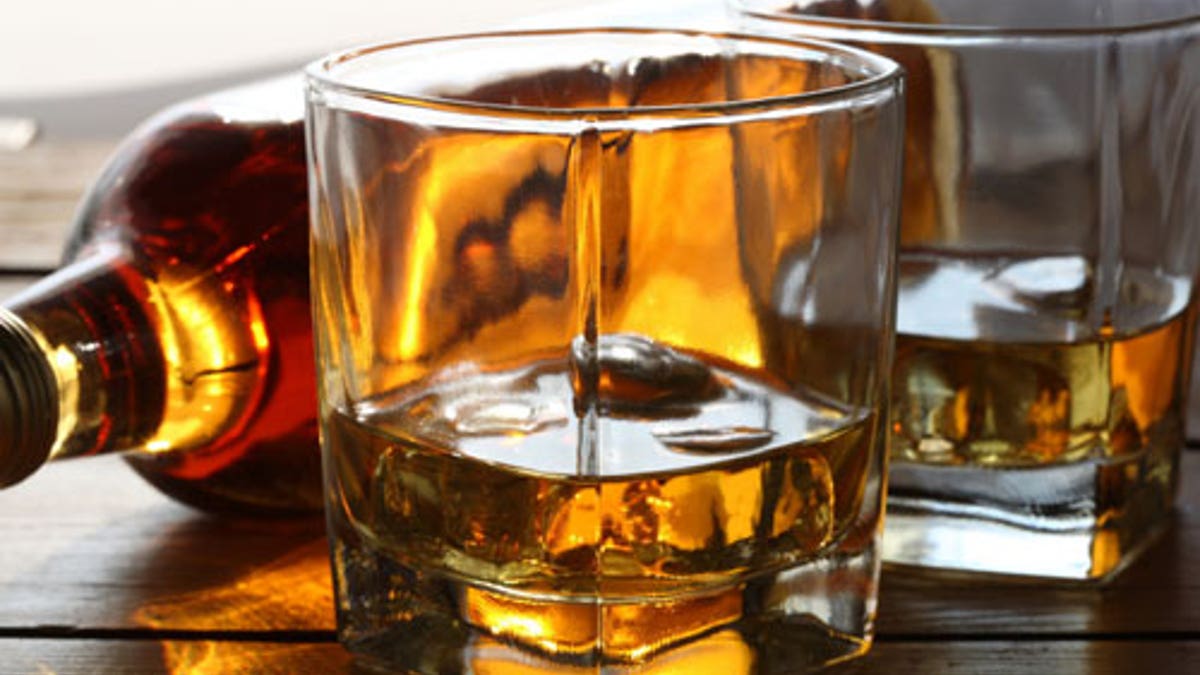
(iStock)
Wait, what? Why would a place that names its famed popular tipple after its own country have a need for moonshine? In a word: taxes.
When England and Scotland became joined in Parliament in 1707, a British tax on malted barley was introduced to the dram-loving Scots – and they didn’t take too kindly to it. Hundreds of illegal stills popped up along smugglers’ trails concentrated in the area known as Speyside, and the production of peatreek – Scotland’s moonshine whisky -- became a thriving, secret business.
